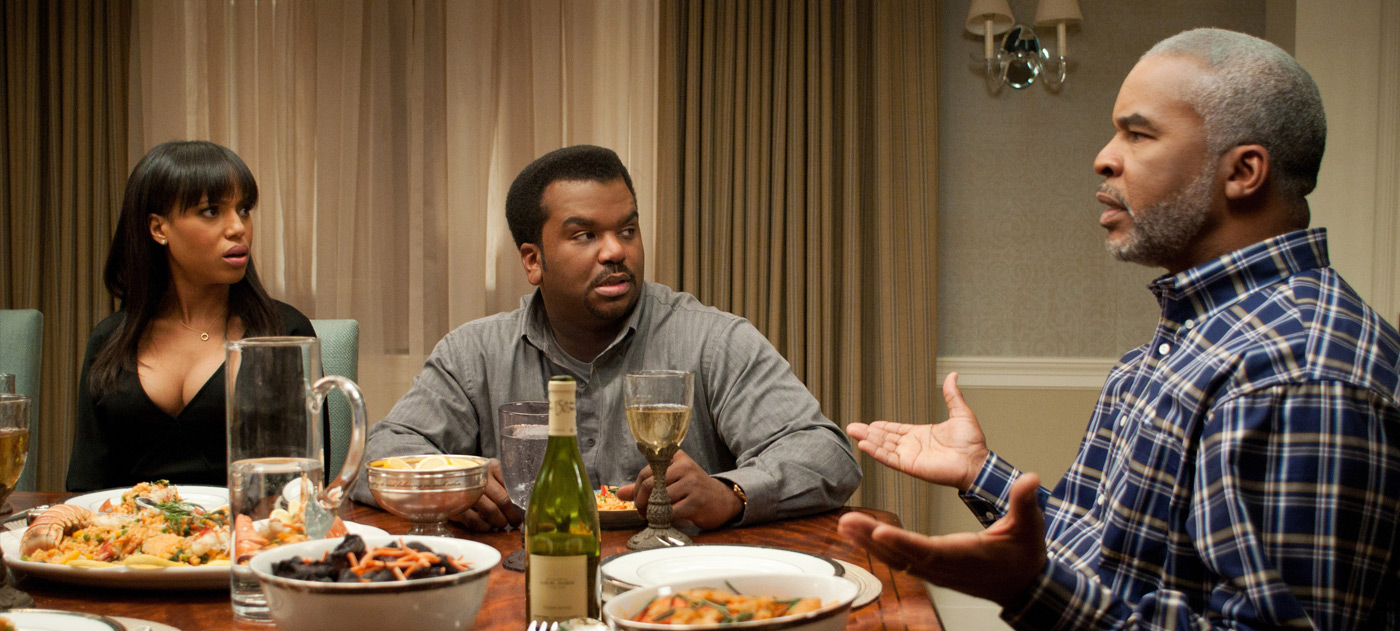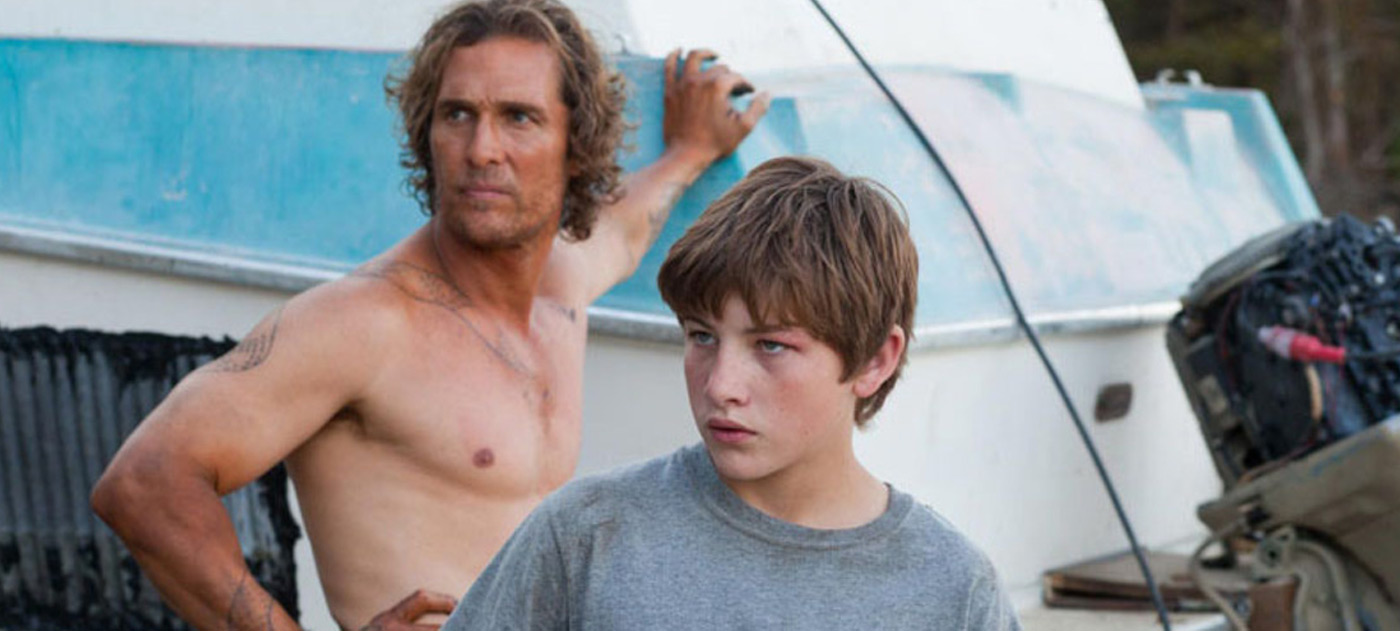As the glut of summer sequels begin screening this month, a sense of dread inevitably falls upon the high-minded adult filmgoer. Not to say that an Iron Man or a Star Trek or a Hangover doesn’t have its pleasures, but these films do serve as a reminder that we’re in for a long summer season of CGI action excess at the movies before we’re finally rewarded with the glorious autumn line-up of prestige films. So the fact that Baz Luhrmann’s new adaptation of The Great Gatsby — F. Scott Fitzgerald’s masterpiece of American literature that has cemented its place on every high school reading list in North America — has opened amidst all of these special effects spectaculars is a refreshing delight for the discerning cinephile. That Gatsby is ultimately as much a visual extravaganza as any blockbuster franchise film releasing this summer is simply a happy coincidence.
The story is familiar to anyone who paid attention in English class: Hoping to find success on Wall Street in the midst of raging 1920s Jazz Age New York, young Nick Carraway (Tobey Maguire) arrives from the Midwest, settling in the fictional Long Island community of West Egg. Nick’s cousin, Daisy Buchanan (Carey Mulligan), and her wealthy husband, Tom (Joel Edgerton), meanwhile, each of whom is harbouring secrets from the other, live across the bay in tony East Egg. When Nick receives an invitation to a party at the mansion next door, he comes face to face with his mysterious neighbour, Jay Gatsby (Leonardo DiCaprio) — and their resulting friendship consequently draws him into a web of corruption, heartache, indulgence, and murder.
The Great Gatsby is a critique of the American Dream, specifically a tale of its decay in 1920s society; what once represented the opportunity to build success and self-actualization out of nothing, Fitzgerald suggests, now only values outrageous wealth and self-indulgence. At its core, then, The Great Gatsby is a story of excess. And nobody does excess like Baz Luhrmann. Indeed, I challenge you to name another film that so perfectly marries director and material. This is Luhrmann we’re talking about here, the Australian filmmaker who made Moulin Rouge! and Romeo + Juliet (his first collaboration with DiCaprio) — and if there’s one thing he loves to do it’s to give ‘em the old razzle dazzle.
In case you were ever in doubt of Luhrmann’s love of extravagance, look no further than the whirlwind party Nick and Tom attend at Myrtle Wilson’s (Isla Fisher) Manhattan apartment. Between DP Simon Duggan’s kinetic cinematography, the director’s trademark quick-cut editing (this time delivered by the three-man editing team of Jason Ballantine, Jonathan Redmond, and Matt Villa), and the lush period designs, this is a scene that leaves you dizzy with exhilaration, a scene whose sweatiness, sexuality, and drunken inhibitions are readily palpable. By the time the party was over, I needed a moment to recover; I was exhausted. Luhrmann later gives this same energy (albeit somewhat more refined) to the Gatsby parties, which are all beads and feathers and colours and dancing and piano playing. This film is definitely so much more alive than the Gatsby you think you remember from high school.
In terms of visual crafts, the film’s most valuable player is longtime Luhrmann collaborator (and wife), Catherine Martin, who is credited for both the costume and production design. Her work is impressive not only for its period detail, but for its over-the-top ridiculousness. In designing a film whose main theme laments the hollowness of wealth beneath its flashy exterior, Martin sure nails the necessary flamboyance of its garish haute-couture fashions and décor. Having previously won two Oscars for her work on Moulin Rouge!, Martin must surely be considered a frontrunner this year in both categories for Gatsby. The aforementioned Duggan cannot be counted out either. Also impressive are the visual effects responsible for creating the New York City of the 1920s, though they’re not the type of effects that Oscar normally goes cuckoo for.
On the acting side, best in show goes to Mulligan, who is building quite the remarkable portfolio of diverse performances. Following her Oscar-nominated breakthrough in An Education and her subsequent impressive turns in Never Let Me Go, Drive, and Shame, Mulligan’s portrayal of the fragile and shallow Daisy is all the more striking for being unlike anything she’s done before. More and more, she’s becoming one of cinema’s most exciting actresses; I look forward to seeing her later this year in the Coen Bros’ folk-music drama Inside Llewyn Davis (which has already been a sensation at Cannes). Elsewhere in the cast, DiCaprio gives a strong, emotional performance, while Maguire does solid work in a very difficult role. Nick Carraway is Gatsby’s narrator, but has an ostensibly central character ever had less agency? Carraway functions essentially as a Greek chorus of sorts in this film, observing and commenting on the action, but seldom experiencing it himself and having negligible influence over it. Luhrmann even removes any mention of Nick’s romance with golfer Jordan Baker (newcomer Elizabeth Debicki) from his film, a seemingly arbitrary decision considering his otherwise quite faithful adaptation. It seems like Luhrmann wished to develop the character even less in his film than in the novel.
Speaking of changes Luhrmann made to the source material, I was very interested in the way the film makes Gatsby’s “sideline” business more overtly criminal than it ever was in Fitzgerald’s novel — perhaps in order to further illustrate the corruption of the American Dream? Luhrmann is without question fascinated by Fitzgerald’s notion that the time of the American Dream is over, has self-destructed, which is never more apparent than during the third-act death of a major character, all alone outside a gaudy mansion purchased only to flaunt wealth. Luhrmann is also quite faithful to the novel’s recurring symbols, though one of them in particular, a fading advertising billboard featuring the Eyes of Doctor T.J. Eckleburg, falls flat. Never explicitly explained even in the novel — perhaps these eyes are observing and mourning the death of a society; perhaps they’re God’s eyes — the significance of these eyes in the film is even less developed. It felt like they were being thrown at me repeatedly with no real symbolic context. Another symbol — the green light at the end of Daisy’s pier, which represents a kind of guide leading one character towards his goal — is slightly more successful.
Finally, there’s no way I can end this review without mentioning the film’s controversial music. Though his film is set during the 1920s, Luhrmann fills his Jay Z-produced soundtrack with anachronistic hip hop songs, rather than the period-appropriate jazz. While I can appreciate why someone might find this choice jarring — seeing flappers in cloche hats and pearls getting down to Kanye and Lana Del Rey is certainly a slight departure from the novel — it absolutely worked for me in this context. Luhrmann’s films have always been music-heavy, after all, and the music in Gatsby bothered me no more than did Moulin Rouge’s turn-of-the-century French courtesans singing Madonna and Elton John. More than that, though, the use of hip hop in the Gatsby soundtrack makes complete sense if you consider that jazz music is a genre of music that originated in the black community and which had gone mainstream by the time the novel takes place. It seems somehow right to draw this parallel in the film between jazz and its more modern cousin. Perhaps it’s worth analyzing whether Luhrmann has other parallels in mind too. The Great Gatsby is about the decay of 1920’s society. By using hip hop music to underscore the state of his characters, might Luhrmann ultimately be suggesting that today’s society is in the midst of a similar decay?










Fantastic Four
Fantastic Four